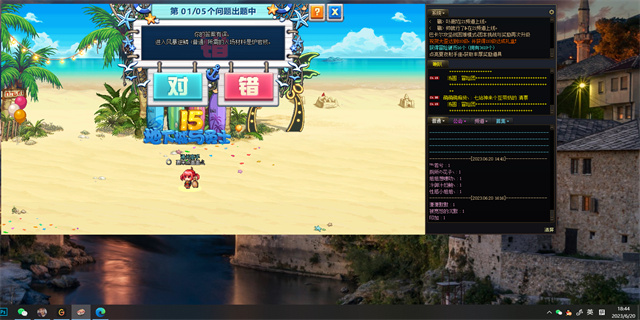Wibox: The Ultimate Tool for Customizing Your Linux Desktop
Linux is renowned for its flexibility and customization options, allowing users to tailor their desktop environment to their liking. One such tool that empowers Linux users with a highly customizable desktop experience is Wibox. In this article, we will explore the various features and capabilities of Wibox, and how it can enhance your Linux desktop.
What is Wibox?
Wibox is a lightweight and highly configurable window manager for X Window System, which is commonly used in Linux distributions. It provides a powerful and flexible framework for designing and managing the user interface of your desktop environment. Essentially, Wibox allows you to build your own customized desktop environment that suits your workflow and preference.

Unlike other traditional desktop environments that come with predefined layouts and features, Wibox provides a minimalist and modular approach. It does not come with a default graphical interface or a complete set of standard applications. Instead, it gives you the freedom to choose and install the components that you need, creating a lightweight and efficient desktop environment tailored to your requirements.
Key Features and Flexibility
Wibox offers a wide range of features and flexibility that make it a popular choice among Linux enthusiasts who want to have full control over their desktop environment. Some of its key features include:

- Customizable Panels: Wibox allows you to create panels or bars at the top, bottom, or sides of your screen. These panels can contain various widgets, such as application launchers, system tray, clock, battery monitor, and volume control, giving you quick access to useful information and functions.
- Powerful Configuration: Wibox is highly configurable through a Lua programming interface. You can customize the appearance, behavior, and functionality of each component and widget. This level of customization allows you to create a desktop environment that perfectly matches your workflow and aesthetic preferences.
- Extensibility: Wibox supports the use of plugins and extensions, enabling you to add additional functionality and features. There is a rich collection of community-developed plugins available, providing a wide range of options to enhance your desktop experience.
- Lightweight and Efficient: Due to its minimalist design and modular architecture, Wibox is extremely lightweight and resource-efficient. It consumes minimal system resources and offers fast responsiveness, making it an excellent choice for older or less powerful hardware.
Getting Started with Wibox
Installing and setting up Wibox may vary depending on your Linux distribution. However, the general process involves the following steps:
- Install Wibox: Use your package manager to install the Wibox window manager package. The package may be named differently in different distributions, so refer to your distribution's documentation for the exact package name.
- Configure Wibox: Wibox configuration is done through a Lua configuration file. The configuration file allows you to define the appearance, behavior, and layout of your desktop environment. You can also define the panels and widgets that you want to include.
- Start Wibox: Once you have completed the configuration, you can start Wibox by logging out of your current desktop environment and selecting Wibox as the window manager during the login process.
- Customize and Extend: After starting Wibox, you can begin customizing and extending your desktop environment by adding widgets, changing themes, and installing plugins. The possibilities are virtually limitless.
Conclusion
Wibox offers a unique and powerful way to customize your Linux desktop environment. Its flexibility and extensive features make it a fantastic choice for Linux users who want complete control over their desktop experience. With Wibox, you can create a customized and efficient desktop environment that enhances your productivity and matches your personal preferences. So, if you are looking to take your Linux desktop to the next level, give Wibox a try!


















